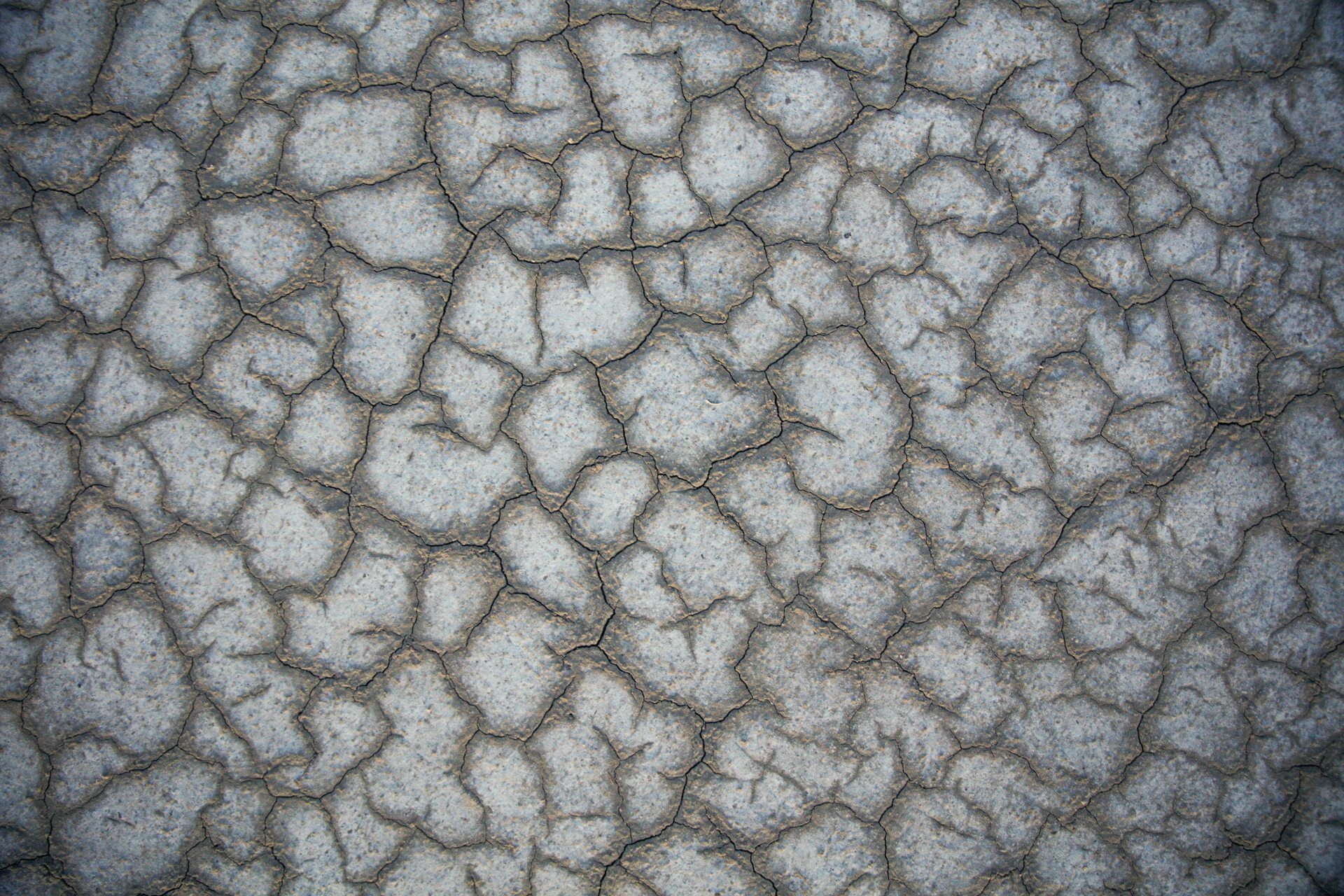Concrete is known for its durability and strength, but over time, it can show signs of wear and tear. Whether it’s your driveway, patio, or garage floor, concrete surfaces are exposed to a variety of factors that can lead to damage. Knowing the signs that your concrete needs restoration can help you avoid costly repairs and extend the lifespan of your concrete surfaces.
In this blog, we’ll explore the top indicators that it’s time to restore your concrete and why concrete restoration should be a priority for homeowners in Pittsburgh, PA, and beyond.
1. Cracks and Fissures
One of the most obvious signs that your concrete needs restoration is the appearance of cracks and fissures. These can develop for several reasons, including:
- Natural settling: Over time, concrete can shift and settle, causing cracks.
- Weather-related damage: Freezing and thawing cycles can cause expansion and contraction, leading to cracks.
- Heavy loads: Excessive weight, such as from vehicles or equipment, can create fractures.
If left untreated, cracks can widen and lead to further structural damage. Restoring your concrete by filling and sealing these cracks helps to prevent moisture infiltration and further deterioration.
2. Discoloration and Stains
Discoloration, stains, or fading can happen due to exposure to the elements or improper sealing. For example, oil stains, rust spots, or even general dirt can cause unsightly marks on concrete surfaces. Over time, sunlight and other environmental factors can also cause the concrete to fade, losing its original color and appeal.
Concrete restoration can help revitalize your surfaces, bringing back their natural look and ensuring they’re protected from future staining.
3. Surface Spalling or Pitting
Spalling occurs when the surface of the concrete begins to flake, peel, or chip away. This often happens because of moisture trapped inside the concrete, which causes the top layer to deteriorate. Spalling is commonly found in outdoor concrete surfaces exposed to freezing and thawing cycles, where water seeps into the concrete and causes it to break apart.
Pitting refers to the formation of small, shallow holes in the surface of the concrete. These can be caused by repeated exposure to harsh chemicals, salt, or moisture. Both spalling and pitting can be effectively treated with concrete restoration to prevent further damage.
4. Uneven or Sunken Areas
If you notice that certain areas of your concrete are uneven or have sunken, it’s a sign of underlying issues that need attention. This can happen due to settling ground, water damage, or poor initial installation. Uneven concrete not only affects the aesthetics but also poses safety risks, such as tripping hazards.
Concrete restoration, including leveling and resurfacing, can restore the smooth, even appearance of your concrete surfaces. This process involves adding a new layer of concrete or using specialized materials to level out sunken areas.
5. Surface Wear and Abrasion
Heavy foot traffic, equipment, and vehicles can wear down concrete surfaces over time. This leads to surface abrasion, where the concrete begins to look dull, worn, and rough. In addition to making your concrete look unattractive, surface wear can also weaken its integrity, making it more susceptible to damage.
Concrete restoration can address surface wear by applying a durable overlay or resurfacer that not only improves the appearance but also enhances the strength and longevity of the surface.
6. Moisture Damage and Pooling Water
If you notice that water is pooling on the surface of your concrete rather than draining away, this is a clear indication of improper grading or damage to the surface. Moisture accumulation can lead to a host of issues, including mold growth, staining, and further deterioration of the concrete.
Concrete restoration can solve drainage issues by applying a new, sloped surface that allows water to flow away from your concrete, keeping it dry and free from moisture-related damage.
7. A Lack of Sealing or Protection
Concrete that hasn’t been properly sealed or protected is more vulnerable to environmental damage. Over time, exposure to UV rays, rain, snow, and chemicals can degrade the surface, leading to cracks, staining, and overall deterioration. If your concrete surfaces were never sealed, or if the sealer has worn off, it’s time for restoration.
Sealing your concrete as part of the restoration process not only improves its appearance but also adds an essential layer of protection against weathering, staining, and surface damage.
8. Increased Maintenance Costs
If you’re finding that maintaining your concrete is becoming more expensive or time-consuming, it may be a sign that your concrete needs restoration. Routine repairs, cleaning, and patching can add up, and if the issues are becoming more frequent or severe, it may be more cost-effective to restore the surface entirely.
Concrete restoration can address all the underlying issues at once, preventing the need for frequent repairs and saving you money in the long run.
Why Concrete Restoration Is Worth the Investment
Concrete restoration not only helps to repair and maintain the functionality of your concrete surfaces, but it also boosts the curb appeal of your property. Investing in professional concrete restoration services can extend the lifespan of your concrete, improve its aesthetic value, and prevent further damage.
If you’ve noticed any of the signs mentioned above, it’s time to contact a concrete restoration professional. By addressing these issues early on, you’ll save time, money, and frustration down the line.
Final Thoughts
Concrete restoration is a valuable service that can breathe new life into worn-out surfaces, enhancing both their functionality and appearance. Whether you’re dealing with cracks, discoloration, spalling, or general wear, restoration can help you achieve a durable, attractive finish that lasts for years.
For homeowners in Pittsburgh, PA, and surrounding areas, Z Worx Construction offers expert concrete restoration services to bring your surfaces back to life. Don’t wait until your concrete is beyond repair—contact us today for a consultation and let us help you restore your concrete surfaces to their original beauty.
